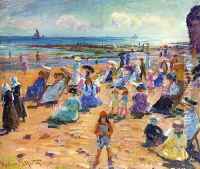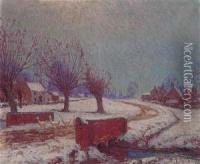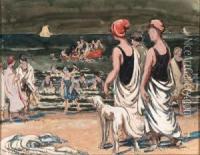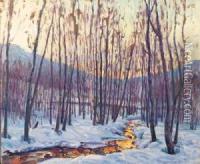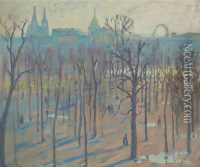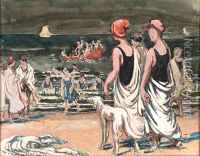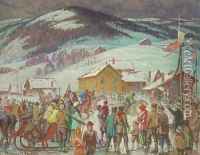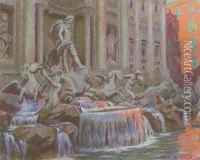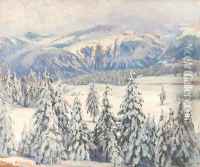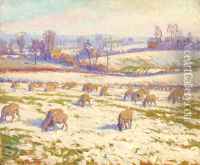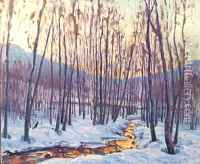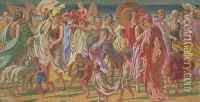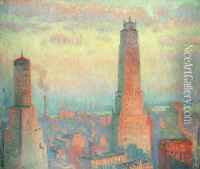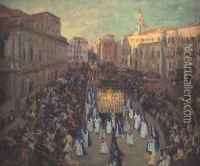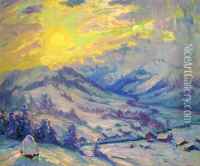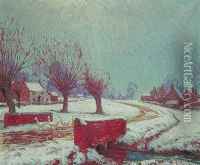William Samuel Horton Paintings
William Samuel Horton was an American impressionist painter known for his vibrant landscapes and cityscapes. Born on November 2, 1865, in Grand Haven, Michigan, Horton developed an early interest in art and pursued his passion throughout his life. He studied at the Art Institute of Chicago before moving to Europe, where he furthered his education at the Academie Julian in Paris under the tutelage of prominent artists such as Benjamin Constant and Jean-Paul Laurens.
Influenced by the French Impressionists, Horton's style was characterized by loose brushwork and a bright palette, which he used to capture the fleeting effects of light and atmosphere. He often painted en plein air, a practice of painting outdoors that was central to the Impressionist movement. Horton's works often depicted scenes from his extensive travels, including landscapes of France, Italy, and the United States.
Horton was active in the art community and participated in numerous exhibitions. His paintings were displayed at prestigious venues, such as the Paris Salon, the Société Nationale des Beaux-Arts, and the Art Institute of Chicago. Despite being an American artist, Horton spent much of his life in Europe, particularly in France, where he was well-received and achieved significant acclaim.
Throughout his career, Horton was recognized for his contribution to the art world. He received several awards, including a silver medal at the Paris Salon in 1900. Although he remained relatively unknown in his homeland during his lifetime, his work has since gained recognition in the United States and is included in various museum collections.
William Samuel Horton continued to paint until his death on February 24, 1936, in New York City. Today, he is remembered as a talented impressionist painter whose work bridged the artistic traditions of Europe and America, contributing to the international dialogue on Impressionism and its enduring legacy in the art world.
